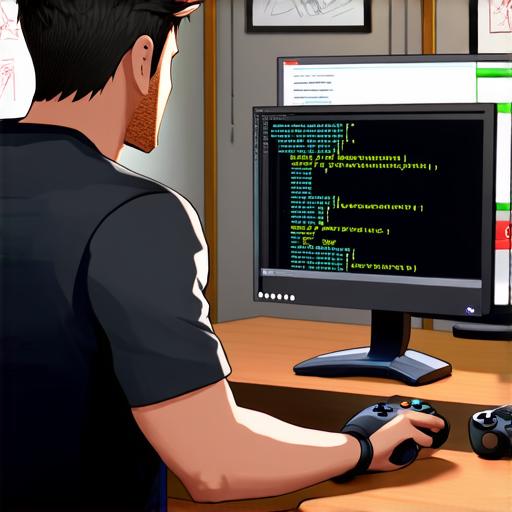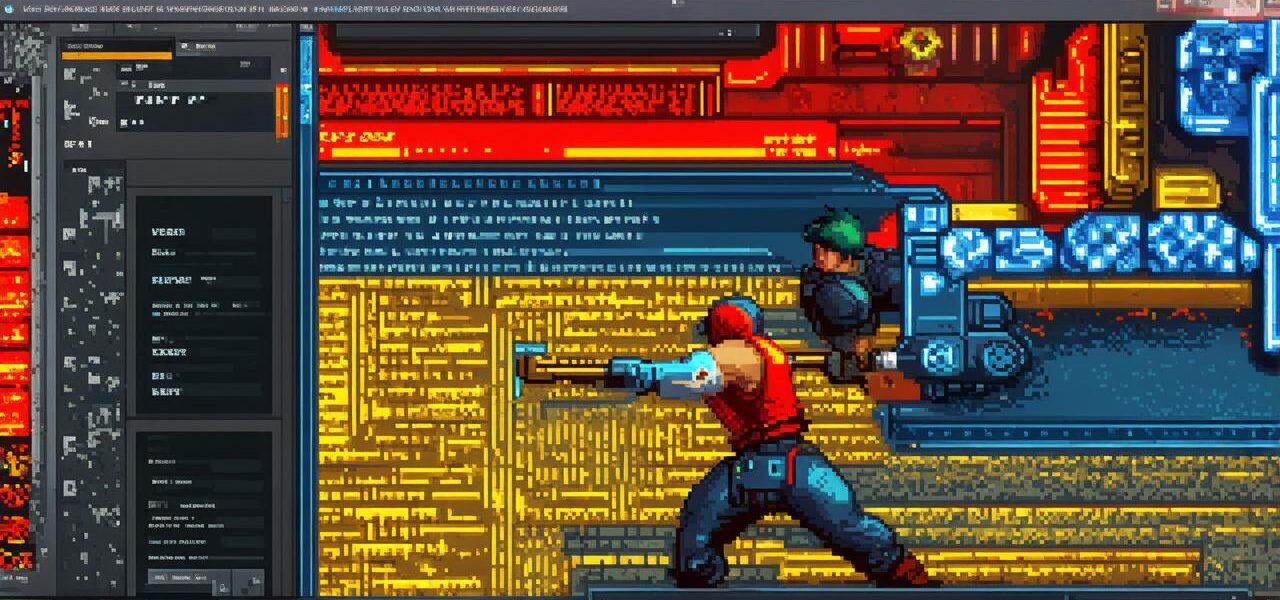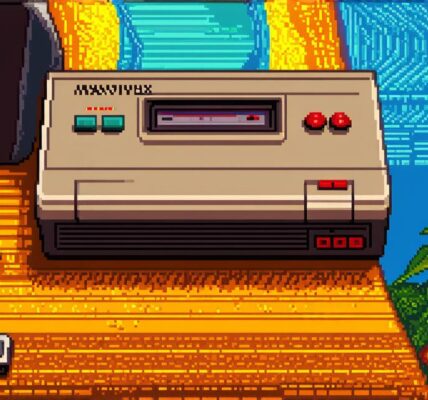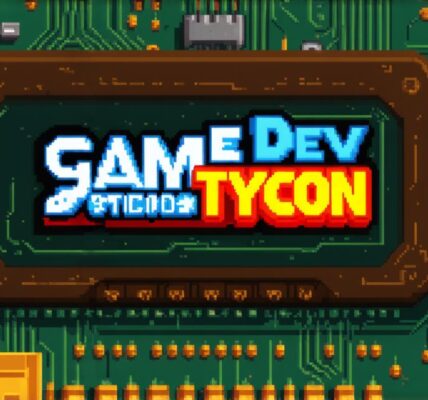Introduction
Video game development is a complex and intricate process that requires a combination of creativity, technical expertise, and teamwork. Whether you are a seasoned developer or just starting out, there is always something new to learn about the art and science of creating engaging and immersive games.
Chapter 1: Conceptualization and Planning
The first step in making a video game is to come up with a concept or idea for the game. This could be anything from a simple puzzle game to a complex action-adventure game with a rich story and characters.
Once you have your concept, it’s time to start planning out the details of the game, including things like the game mechanics, levels, characters, and other key elements that will make up the game.
One of the most important aspects of this stage is to create a detailed game design document (GDD) that outlines all of the key details about the game. This document should include information on the game’s story, characters, levels, game mechanics, and other key elements that will make up the game.
It should also include information on the target audience for the game, as well as any technical requirements or limitations that need to be taken into account during development.
Another important part of this stage is to create a prototype of the game. This allows you to test out different ideas and mechanics and see how they work in practice. It can also help you identify potential problems or issues early on in the development process, which can save time and resources later on.

Chapter 2: Game Development
Once you have your concept and planning in place, it’s time to start actually building the game. This involves a variety of different tasks, including writing code, creating art assets, designing levels, and testing the game to ensure that everything is working as expected.
One of the most important things to keep in mind during this stage is to break the development process down into smaller, manageable tasks. This will help you stay organized and on track, and it will also make it easier to identify and fix problems as they arise.
Another key aspect of game development is testing. Testing is an ongoing process that involves finding and fixing bugs, ensuring that the game is balanced and fun, and making sure that it meets the needs of the target audience. It’s important to test your game thoroughly before launching it, as this will help you identify any issues or problems that need to be fixed before the game is released.
Chapter 3: Launch and Marketing
Once your game is ready to go, it’s time to launch it and start marketing it to your target audience. This involves a variety of different tasks, including creating a website, developing a social media strategy, and reaching out to influencers and reviewers to get the word out about your game.
One of the most important things to keep in mind during this stage is to have a solid marketing plan in place. This should include information on how you will reach your target audience, what message you will be communicating, and how you will measure the success of your marketing efforts.
Another key aspect of launching a game is to create a strong brand identity. This includes things like creating a logo, developing a website, and creating social media accounts. Your brand identity should be consistent across all of your marketing materials, and it should also reflect the values and personality of your game.
Chapter 4: Post-Launch Support and Updates
Once your game has been launched, it’s important to continue supporting it with regular updates and patches.




